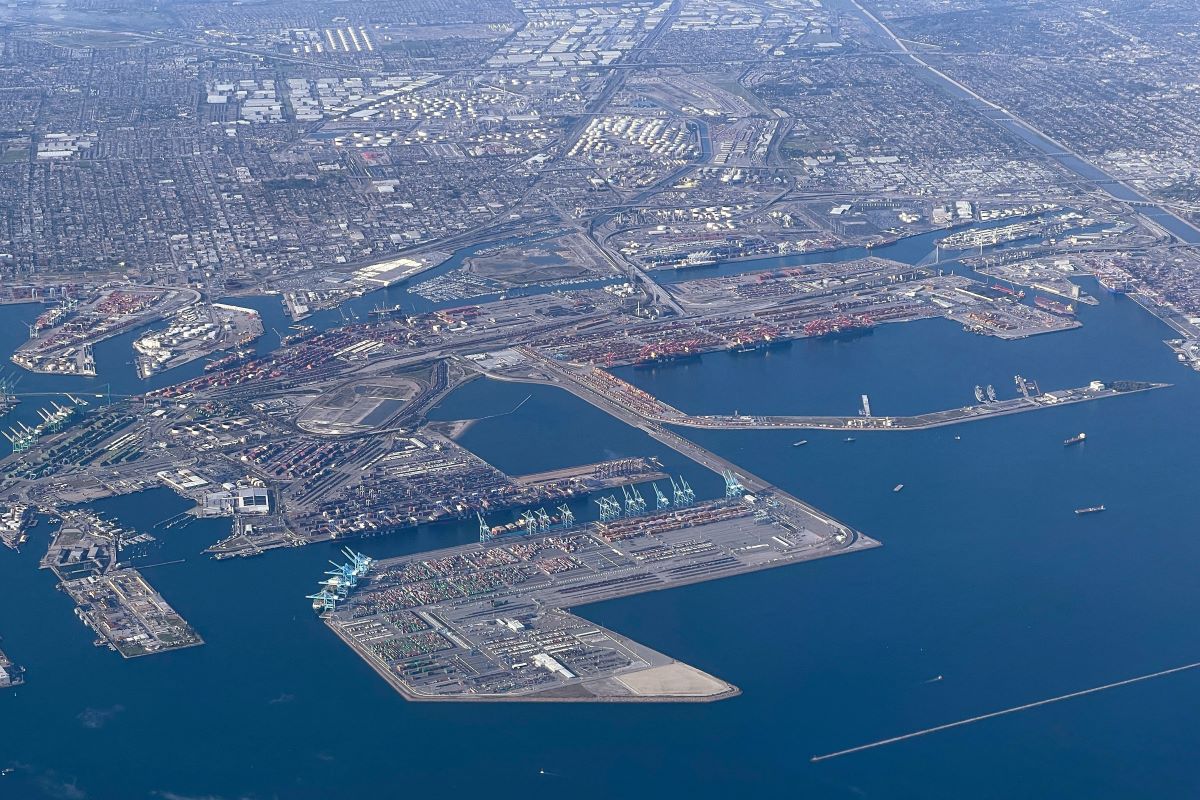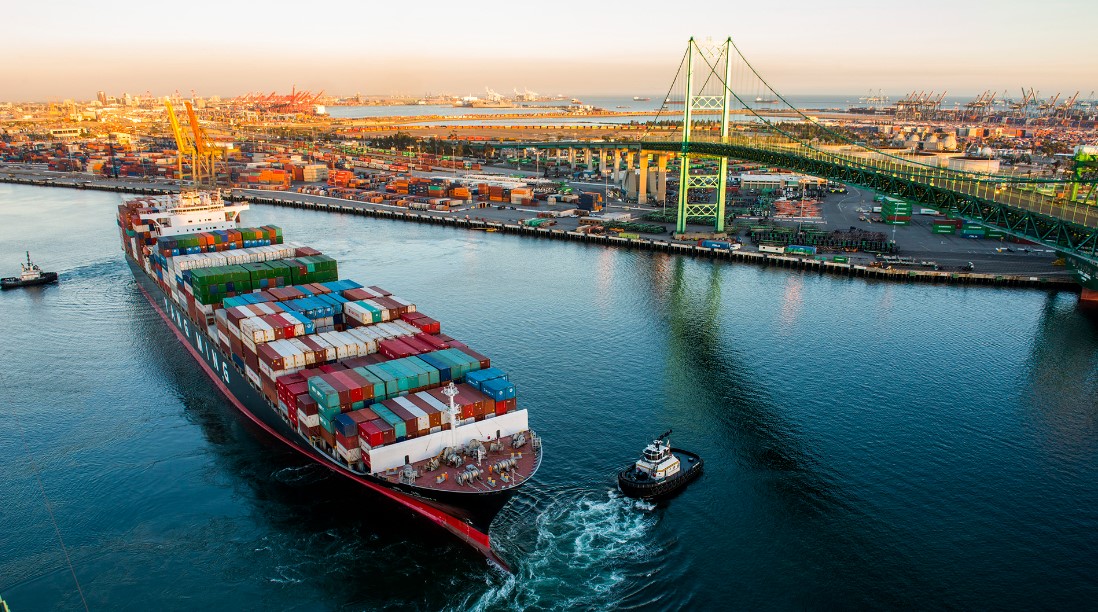The Biden administration launched a $4 billion initiative on Friday to electrify U.S. ports and reduce emissions from heavy-duty trucks, aiming to alleviate the disproportionate impact on nearby communities.
The U.S. Environmental Protection Agency (EPA) announced its $3 billion Clean Ports Program to cut pollutants at U.S. ports and its $1 billion Clean Heavy-Duty Vehicle Program to decrease vehicle emissions near ports and truck routes.
The EPA seeks input on the availability, market price, and performance of zero-emission trucks, zero-emission port equipment, and the necessary electric charging and infrastructure for zero-emission technologies.
White House National Climate Advisor Ali Zaidi highlighted that the program targets harmful pollution in port communities by investing in and setting standards that encourage a transition from diesel to clean, American-made technologies.
Zaidi emphasized that ports are significant sources of concentrated emissions, adding that it is possible to enhance productivity and efficiency while simultaneously reducing emissions.
Earlier this year, the EPA introduced new clean air standards for heavy-duty trucks, marking the first update in over two decades.

These standards are 80% stricter than previous ones, and the EPA projects that by 2045, they will prevent up to 2,900 premature deaths annually, reduce school absenteeism by 1.1 million days, and provide $29 billion in annual net benefits.
Despite the Senate’s 50-49 vote last week to overturn these rules, President Joe Biden has vowed to veto the measure.
In April, the EPA proposed additional substantial reductions in medium- and heavy-duty tailpipe emissions limits.
President Biden noted that those living near ports face severe air pollution due to the numerous trucks and vehicles transporting goods.
Last week, California regulators approved new regulations requiring all medium- and heavy-duty vehicles sold in the state to be zero-emission by 2036 and implemented stricter emission standards for locomotives.
By 2035, big rigs, local delivery, and government fleets must transition to zero emissions, followed by garbage trucks and local buses by 2039, and sleeper cab tractors and specialty vehicles by 2042.







Leave a Reply